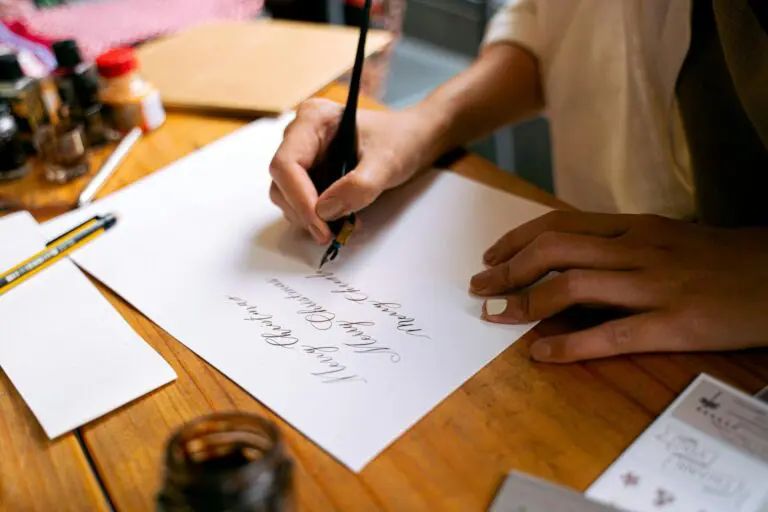Social media may have its critics but it remains a really powerful marketing and communications tool – over half of all adults use a social media platform to get their news and it is very rare now to find someone in your social circle that isn’t an avid user of Facebook, Twitter, Instagram or WhatsApp.
How can you use social media to best effect in a sales context? If resources allow, social media should be part of an integrated marketing campaign which includes PR (trade and consumer), email marketing and some form of digital ad campaign (Google ads, PPC etc). You might even be using an external agency for all or some of this. At the very least do assign someone in your organisation responsibility for this.
In reality, social media is probably being covered by any of a number of people in your office or, more likely, done on a very ad hoc basis if at all!
The basics
Think about your audience, the platform and what you’re trying to achieve. Most social media is heavily visual, so make sure you have really good imagery and videos – and a variety of styles. Lifestyle images are a must for Instagram and Pinterest for instance.
Start by choosing the right platform
You don’t have to be across all of them – in fact keeping content fresh, relevant and in the appropriate format for that platform is a full-time job in itself! Just select the ones that are going to work best for your business and which you are able to manage effectively.

This is extremely visual, great for cards, and offers the opportunity for a variety of formats including grid posts, stories and reels. With all these platforms it’s not about the quantity as much as the quality. Instagram requires great images or videos to be effective, so if you only have the ability to post once or twice a week that’s fine – just be consistent as your audience will expect that. Instagram is where your ideal audience is going to be inspired by your brand and products!

A good place to host products for sale, place adverts and tell more of a story. Facebook is typically now a more mature audience than Instagram, so tailoring your message accordingly is important.

Many brands now use Twitter as the customer service channel of choice for all the social platforms. Directing people here for product issues and complaints can also keep your more inspirational channels fairly clear of negative comments. As the characters are limited, it is a good place to highlight special events or promos.

Pinterest is a great place to show off your talents and also carry out market research for new ideas and trends (either testing some of your own or checking out the competition!) It is possible to gain really significant insights from Pinterest – and large audiences too.

YouTube
YouTube takes more effort than some of the other platforms and while all of them need good planning and execution to work, you may find YouTube is time-consuming for a while until you get into the swing of it. Of course if you have a team member who loves filming everything then letting them loose on YouTube could be a real winner!

TikTok
When you talk about social you will hear about algorithms all the time (i.e. how the platforms rank and deliver content to users). TikTok does things differently and you can easily find a good piece of content reaches a massive audience seemingly at random! Again video-based, it has a youthful but engaged audience and brands are increasingly using it to build a huge fanbase for now and the future. An incredibly fun platform to engage with if you’re brave enough!

You can join relevant groups, post and share from colleagues, trade media or associations and much more. Although this is a business platform, a new generation of users has made it much more personal and a great place to tell stories about the business and people behind the brand. One to seriously consider as part of your strategy to find consumers, collaborators and suppliers.
Working with influencers
Influencers have become a media channel in their own right! The job title used to be ‘bloggers’ but now they can range from enthusiasts writing about a subject they love for fun to professionals and celebrities. And working with them can enhance a brand’s reputation.
They can provide an organic feel to your story – photographing the product in a real life setting in their own home and in some cases even showing their family using it. If you get the balance right, whether paid-for or gifted, this channel can be a real sales driver.
You don’t have to have super sophisticated social media channels in place before you look at working with influencers either, although if you are messaging them about working together, make sure your channel has some decent content – and wasn’t last updated in 2019! Likewise if they are going to tag you, you want the audience to remain engaged with relevant content.
A quick rule of thumb when selecting influencers to work with – obviously if you like the look and feel of what they post, then they are on the list. But with Instagram in particular, check out their engagement – the average number of likes, comments and any other interactions they get per post. The industry standard is between 1% and 2% of their audience so anything above that is worth considering. Remember, an influencer might have followers in the tens of thousands but if they are getting a tiny proportion of that regularly engaging with their content, then they might not work for you. Good engagement levels are essential if you’re looking at paying influencers.
Scheduling tools
One of the biggest obstacles in embracing social media marketing is the idea that it is really time-consuming. Even those with dedicated staff or working with an external agency will use scheduling tools like HootSuite, Buffer or Crowdfire. These allow you to create content when it suits you, upload it and then schedule it in to appear throughout the week or month. You can supplement this with live posts, especially useful if you’re attending an event or if something happens in the news and you want to join in the discussion.
Watch out for….
Politics – unless it’s part of your brand persona, avoid using your brand social media to comment on political issues.
National versus International – if you’re trying to appeal to an international audience as well as a national one then remember some seasonal dates (like Mother’s Day) are different. You can flag up posts as relevant to different audiences like ‘Happy Mother’s Day to all our friends in the US’.
Cultural sensitivities – again the audience for social media can be a global one, so think before you post!
Arguments – like with politics, steer clear of arguments on your brand’s social! If there’s a customer service issue then invite them to DM (Direct Message) you so you can take it offline.
Too many sales messages – while social IS a brilliant sales driver, many brands fall into the trap of filling their feeds with over sales messages like ‘10% off’ or ‘buy now’. It’s a real turn off! Creating engaging content and pointing to a stockist or brand site will be much more effective.





